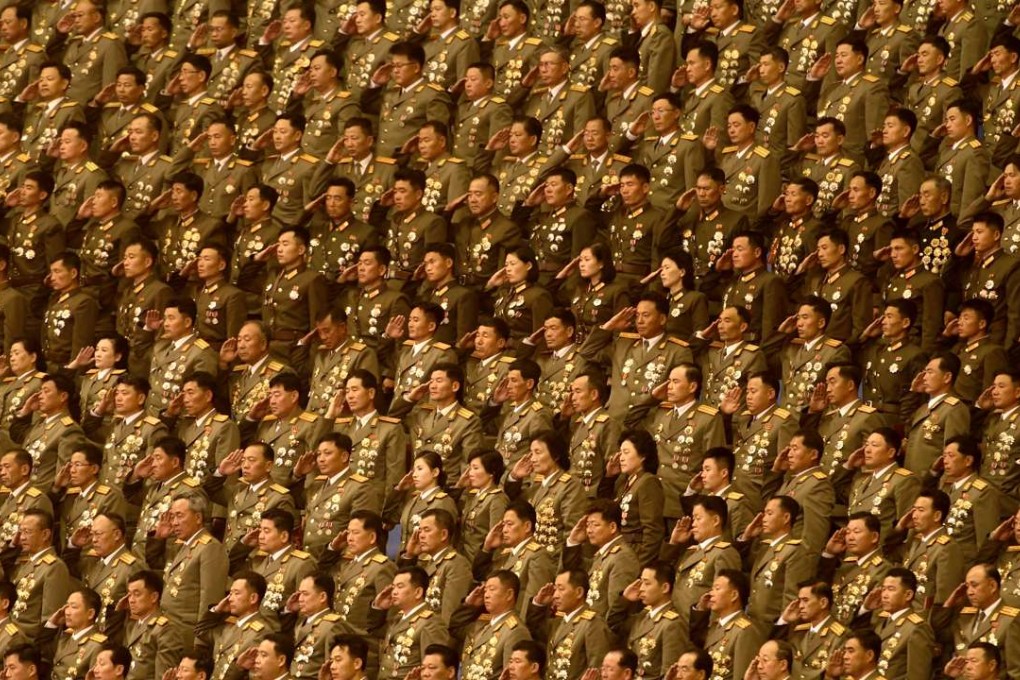Hostility simmers, keeping the North Korean nuclear threat alive
John Barry Kotch says Pyongyang’s latest warning of a missile test raises questions about its political goals and shows how its views remain shaped by the lens of America’s ‘hostile intent’

While we don’t know whether Kim has met his match, it’s a sure bet that with his latest threat, the North Korean weapon of mass destruction challenge has shot to the top of the incoming Trump administration’s policy agenda.
Watch: Experts say North Korea’s claim on missile test is plausible
Trump will need more than rhetoric to deal with North Korea and China
Still, Kim left himself some wiggle room with the caveat that North Korea would continue on its nuclear course unless the US abandoned its “hostile” policy towards the North. So-called US “hostile intent” has been a staple of North Korean propaganda for decades, although US officials, beginning with ambassador Robert Gallucci, who conducted negotiations for the 1994 US-North Korean Agreed Framework, assured their North Korean counterparts that this was not the case.
For a time, the matter was seemingly put to rest. In 2000, the North Korean No 2 Jo Myong-rok visited the White House, followed by a return sojourn to Pyongyang by secretary of state Madeleine Albright. A joint communiqué stated: “As the first important step, both sides declared that neither government would have hostile intent towards the other and affirmed the commitment of both governments to make every effort in the future to build a new relationship free from past enmity.”
Watch: US secretary of state Madeleine Albright’s historic visit to Pyongyang
Subsequently reversing course, however, the next administration, of George W. Bush, called out Kim Jong-il as “a tyrant” who “starves his people” as well as scrubbing the agreed framework on the grounds that the North had embarked on uranium enrichment as a source for fissile material. “Hostile intent” was once again in vogue.
For ‘hostile intent’ to be put to rest permanently, the existing security architecture on the Korean peninsula would have to be reconfigured
Like beauty, often said to be in the eye of the beholder, what constitutes “hostile intent” is hard to pin down, both because Pyongyang has defined it differently over time, and abrupt changes in Korea policy by successive US presidents makes it impossible for the North to know whether any agreement is sustainable and will outlast an administration’s term in office.
Also unclear is how “hostile intent” relates to North Korean political goals in general and the nuclear programme in particular. Even after decades of negotiating with the North, its political goals on the Korean peninsula remain opaque. Does it still view itself as the “revolutionary base” from which to subjugate its neighbour to the south or is it reconciled to coexistence, albeit on its own terms? Does it view a nuclear deterrent as merely a bargaining chip or, as Stanford University professor Siegfried Hecker has suggested, a strategic force vital to its own survival and therefore an instrument for blackmail or retaliation?

To end North Korea’s nuclear push, we must first understand its fears
In the final analysis, for “hostile intent” to be put to rest permanently, the existing security architecture on the Korean peninsula – unchanged since the Korean war nearly 70 years ago – would have to be reconfigured by incorporating security assurances, diplomatic recognition and a permanent peace regime.